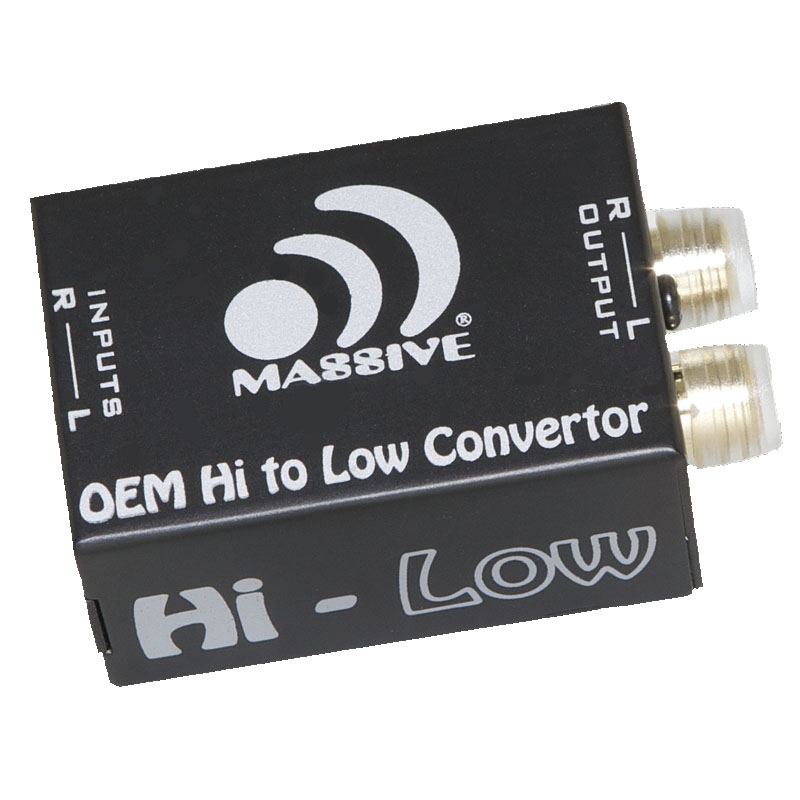

The channel encoder, does the coding for error correction. It removes the redundant bits (unnecessary excess bits, i.e., zeroes). This process helps in effective utilization of the bandwidth. The source encoder compresses the data into minimum number of bits. This block also consists of an analog to digital converter where a digital signal is needed for further processes.Ī digital signal is generally represented by a binary sequence. This is a transducer which takes a physical input and converts it to an electrical signal ( Example: microphone). The elements which form a digital communication system is represented by the following block diagram for the ease of understanding.įollowing are the sections of the digital communication system. The capacity of the channel is effectively utilized by digital signals. Many of the digital circuits have almost common encoding techniques and hence similar devices can be used for a number of purposes. The configuring process of digital signals is easier than analog signals.ĭigital signals can be saved and retrieved more conveniently than analog signals. Spread spectrum technique is used to avoid signal jamming.Ĭombining digital signals using Time Division Multiplexing (TDM) is easier than combining analog signals using Frequency Division Multiplexing (FDM). The probability of error occurrence is reduced by employing error detecting and error correcting codes. Signal processing functions such as encryption and compression are employed in digital circuits to maintain the secrecy of the information. The signal is un-altered as the pulse needs a high disturbance to alter its properties, which is very difficult. The occurrence of cross-talk is very rare in digital communication. The hardware implementation in digital circuits, is more flexible than analog. The effect of distortion, noise, and interference is much less in digital signals as they are less affected.ĭigital circuits are easy to design and cheaper than analog circuits. Advantages of Digital CommunicationĪs the signals are digitized, there are many advantages of digital communication over analog communication, such as − The digital signals consist of 1s and 0s which indicate High and Low values respectively. The following figure indicates the difference between analog and digital signals. The digitized signals allow the communication to be more clear and accurate without losses. In order to overcome these problems, the signals are digitized using different techniques. The conventional methods of communication used analog signals for long distance communications, which suffer from many losses such as distortion, interference, and other losses including security breach. When the communication needs to be established over a distance, then the analog signals are sent through wire, using different techniques for effective transmission. These signals, such as sound signals, generally, are analog in nature. The communication that occurs in our day-to-day life is in the form of signals. Digital Communication - Analog to Digital


 0 kommentar(er)
0 kommentar(er)
